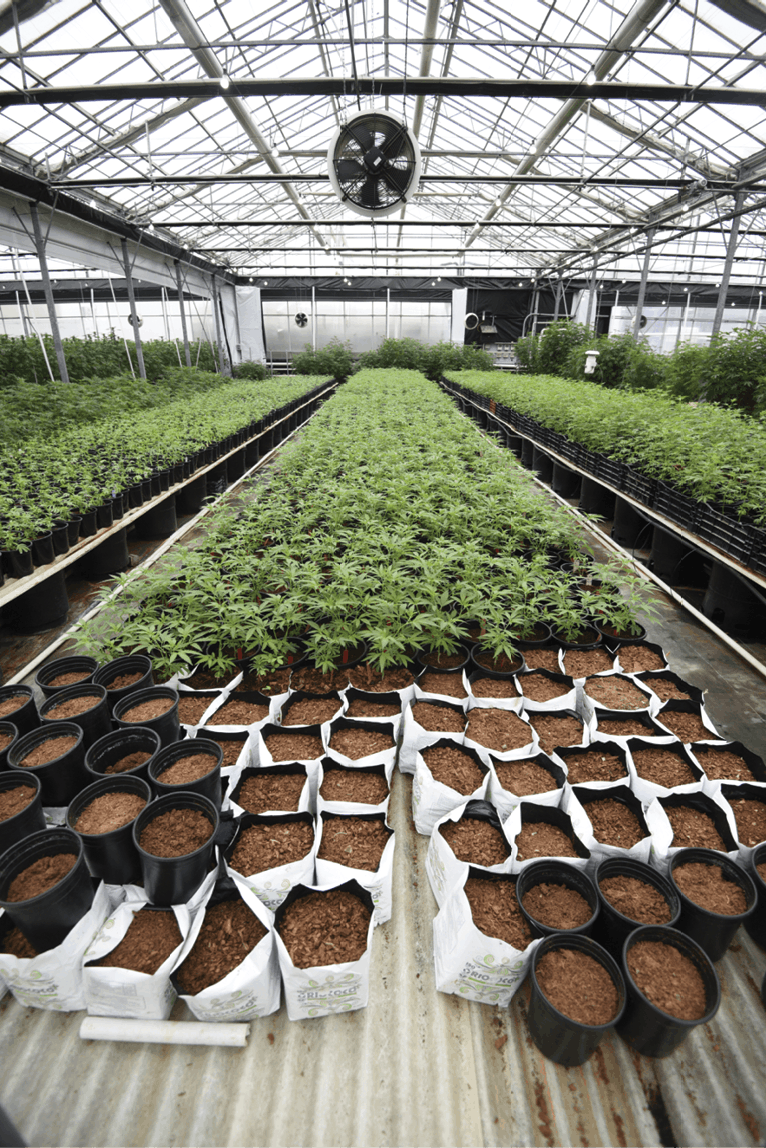
To provide top quality products and pass product testing, the Glass House Group uses air purification to help prevent undesirable bacteria, fungi and spores from taking hold, says founder and President Graham Farrar.
1. Identify what needs to be removed from the air and try to resolve the issue before filtering.
Cultivators who are trying to filter out fungal spores like Aspergillus must first determine the source, Farrar says. “I think the best filtration starts with reducing, mitigating, eliminating whatever it is you’re trying to filter first, and then using your filtration to remove anything that still remains.”
2. Make sure your fan is pushing the correct airflow through your filter.
Air filters should include a chart with the cubic feet per minute (CFM) of airflow they are rated for, Farrar says. Some growers push too much airflow through their filters and don’t leave enough “dwell time” for the system to filter the air, he adds.
3. Dehumidify air before sending it through the filter.
Humid air can clog a filter, Farrar says. One of the ways cultivators can avoid this is by dehumidifying their air before it reaches the filter..
4. Clean the filter regularly, especially in humid environments.
If relative humidity is high, cultivators should clean or replace their air filter more regularly to prevent the filter from clogging,

Recent Comments